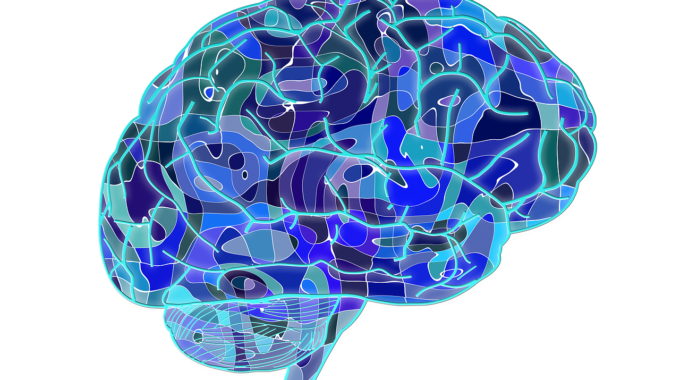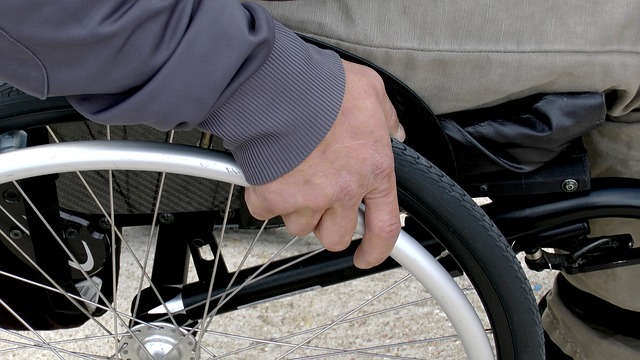Myth: Trickle Down Economics Works Since the days of Ronald Reagan, many have promoted the…

Brain stuff: Measuring Unconscious Bias
Bias Awareness for Organizational Change
By gaining an understanding of how the human brain works, one can become more aware of the unconscious processes taking place in the brain when formulating opinions and making decisions. While implicit and unconscious bias exists in everyone, through concerted effort, the impact of unconscious bias can be diminished by increasing awareness and facilitating changes in how we think and behave.
Types of Workplace Bias
Recognizing and addressing biases, both at the individual and organizational levels, is vital to create a workplace that fosters diversity, inclusion, and effective decision-making. It also promotes a culture where alternative viewpoints are valued and considered, ultimately leading to a more productive and safer environment.
There are more than 150 types of unconscious bias that are common in the workplace.13 Some of the most common are outlined below:
- Affinity Bias: having the tendency to prefer or like those like oneself; this is a type of bias that is also understood through the lens of race, age, gender, religion, to name a few
- In-Group Bias: like affinity bias, this is the positive perception of people simply because they are like you
- Out-Group Bias: perceiving those who are different from you in a negative way
- Perception Bias: having the tendency to form assumptions or stereotypes about certain groups making it impossible to have objective views/perceptions about members within that group
- Blind Spot: identifying biases in others, but not oneself
- Group Think: having the tendency to try and fit into a certain group through mimicking behavior or withholding thoughts out of fear of being excluded
- Anchoring Bias: having the tendency to rely on the first piece of information rather than continuing to evaluate through seeking multiple sources of information before making a decision
Let’s look at a couple of types of bias more closely that affect leaders in particular, according to Spectra’s coaching partners:
The rewriting of history is a specific type a bias called: retroactive inference. This inference is “the influence of after-the-fact-experiences on our memory.” 11 Leaders who are unaware of the influence of retroactive inference may inadvertently base their leadership strategies on inaccurate memories of past successes or failures. This can hinder their ability to adapt, learn from past experiences, and make informed decisions.
Another type of bias, based in the frontal cortex and left temporal lobe, is called confirmation bias. This type of bias is an apathetic process as the brain looks for information to confirm a preconceived notion. 12 Leaders who struggle with confirmation bias are simply reiterating their ideas as right rather than looking for other possible solutions.
Senior leaders often believe they are exceptional at hiring talent. When asked why they believe this, they reference their successes, but fail to acknowledge the hires that were unsuccessful. This is an example of retroactive inference.
Can you measure unconscious bias?
 There are many types of biases that take place in the unconscious, read our post on the neuroscience behind bias to gain a better understanding.
There are many types of biases that take place in the unconscious, read our post on the neuroscience behind bias to gain a better understanding.
Project Implicit
As another step to understanding how implicit biases function, it seems there should be some way to scientifically measure one’s biases, right? Well, there is: Project Implicit at Harvard University created the Implicit Association Test (IAT).
Tony Greenwald, Mahzarin Banaji and Brian Nosek – of University of Washington, Harvard and University of Virginia respectively – founded this test in 1998. With the purpose of creating an international collaboration on implicit social cognition, they hoped to educate about hidden biases through their virtual database of results. 14 Through more than six million uses of this test, Project Implicit has been able to understand patterns of social biases and hierarchies that affect our unconscious decision-making. Beyond the IAT, they have created the Race IAT as well as Project Implicit Mental Health – working to better understand various attitudes or hidden biases regarding mental health related illnesses and behaviors.
The IAT can provide a deeper understanding of an individual’s implicit biases. This test is effective because it “relies on the fact that your brain has stored years of past experiences that you cannot set aside when you do the IAT’s sorting tasks.” 15 Through utilizing the psychological phenomenon called mental association, also described as ‘the mental glue that can allow two categories to combine into one,’ the test is able to see how you place value based on the sorting method and, consequently, where biases lie. 16
Individuals can access the test, getting their results privately as well as choose to add their results anonymously to a growing dataset run by Project Implicit. The project can also be administered in a workshop setting among organizations or companies. In this setting, the test can serve as a learning tool to identify and discuss potential predominant biases on an organization, team, or individual level. These workshops can serve as a productive starting point to understand where biases may exist before launching further bias training programs.
Workplace Diversity and Inclusion Assessment
Spectra Diversity Inclusion Assessment™ provides invaluable data to enhance self-awareness and sensitivity within the workplace, shedding light on these subtle internal biases. Our assessment collects everything you need to know in one short, accessible assessment that generates reports for each individual and your organization as a whole. Validated by a psychometrician, we ask the right questions so you can get the information you need to fuel your Diversity and Inclusion goals. Learn more about the Spectra Assessment, Enhanced Data and Demographic Reporting, and Why Measurement Matters.
Now What?
Learning about how unconscious is based in neuroscience, on a level below our conscious thinking, can help to start the grounding process before any potential training or learning activities is implemented. Unconscious bias, while it has basis in societal understandings, is scientifically proven and exists for every individual. Once that is understood, a more open approach to training around biases can begin.
Read More About Unconscious and Implicit Bias
We invite you to learn more about the types of bias which exist, and how it can be measured and read more of our blog posts on bias. You can also sign up for our mailing list, and follow us on LinkedIn.
Footnotes
12. Brainard, Michael. LEADERSHIP PITFALLS AND INSIGHTS INTO UNCONSCIOUS BIAS 4
13. Choate, Andrea. Neuroleadership Lessons: Recognizing and Mitigating Unconscious Bias in the Workplace 4
14. ProjectImplicit, projectimplicit.net/index.html.
15. Banaji, Mahzarin R., and Anthony G. Greenwald. Blindspot: Hidden Biases of Good People 39
16. Banaji, Mahzarin R., and Anthony G. Greenwald. Blindspot: Hidden Biases of Good People 39



